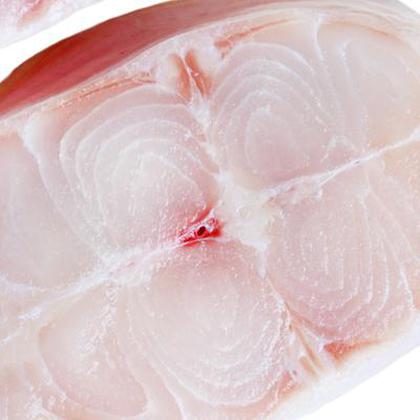Showing results for 'Catfish'
close
Catfish

Catfish is a common dish in North America. It is either cooked and eaten by itself or used for soup.
Catfish Pairs With:
Food Item
Flavor Affinity Level

Did you know there are 111 food flavor pairings in my database for Catfish available. What you are seeing above is a random list of 30 items which pair with Catfish.
For the entire list, beautifully formatted, enter your email address and click the download button below, then I'll email it to you as a PDF.
Catfish Properties:
| Food Property | Type | Description |
|---|---|---|
| Flavor Profile | Umami | Catfish has a savory and rich flavor profile due to its high content of glutamate. |
| Texture | Firmness | Catfish has a firm texture, making it suitable for grilling or frying without falling apart. |
| Nutritional Value | Macronutrients | Catfish is high in protein and low in fat, making it a healthy choice for a protein source. |
| Micronutrients | Catfish is a good source of vitamins and minerals such as B vitamins and selenium. | |
| Fiber | Catfish is low in fiber, but it can be paired with fiber-rich foods such as vegetables to create a balanced meal. | |
| Color | Natural Pigments | Catfish has a pinkish-white color with a subtle pink hue, which is typical for this type of fish. |
| Aroma | Volatile Compounds | Catfish has a mild, clean aroma with hints of the sea, making it versatile for various flavor combinations. |
| Chemical Composition | Water Activity (aw) | Catfish has a relatively high water activity, which means it is prone to spoilage if not stored properly. |
| Cooking Behavior | Heat Conductivity | Catfish has good heat conductivity, allowing it to cook evenly and quickly. |
| Water Retention | Catfish retains moisture well during cooking, resulting in a moist and tender final product. |
Food Pairing App - Version 1.2.0
